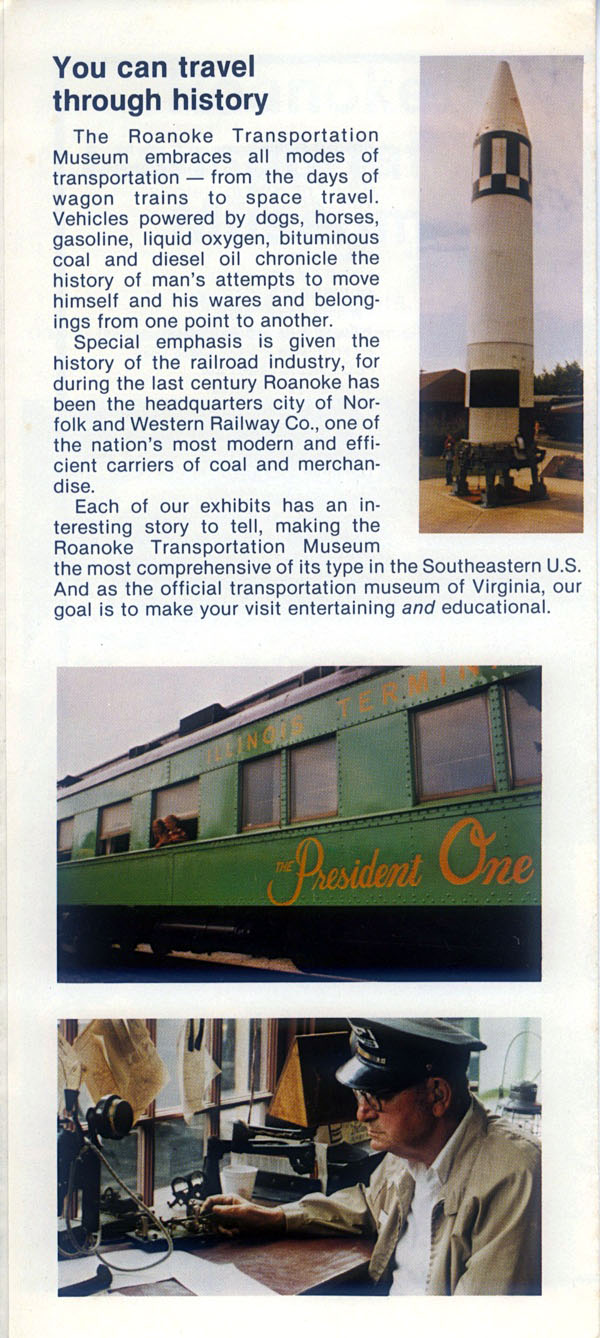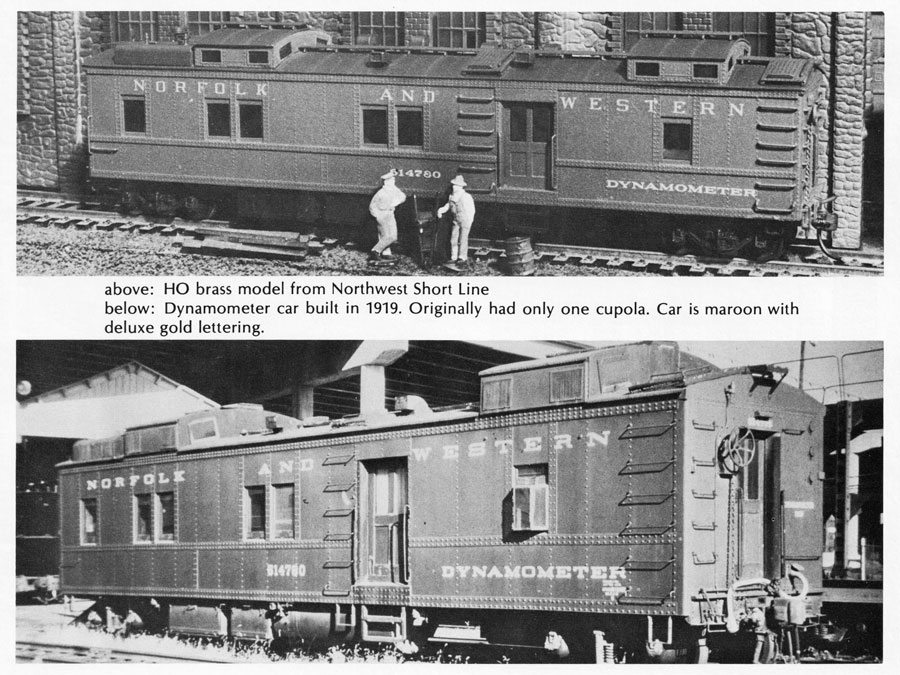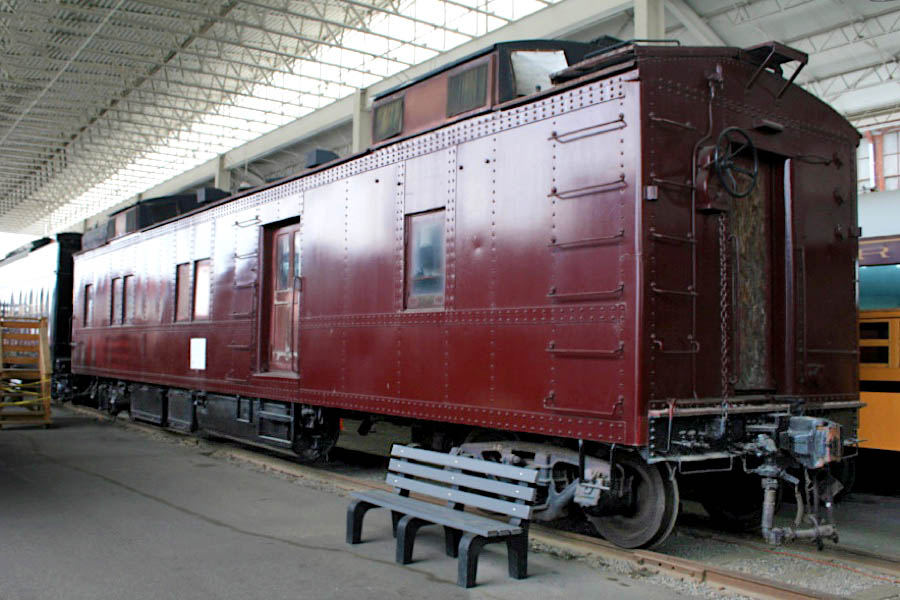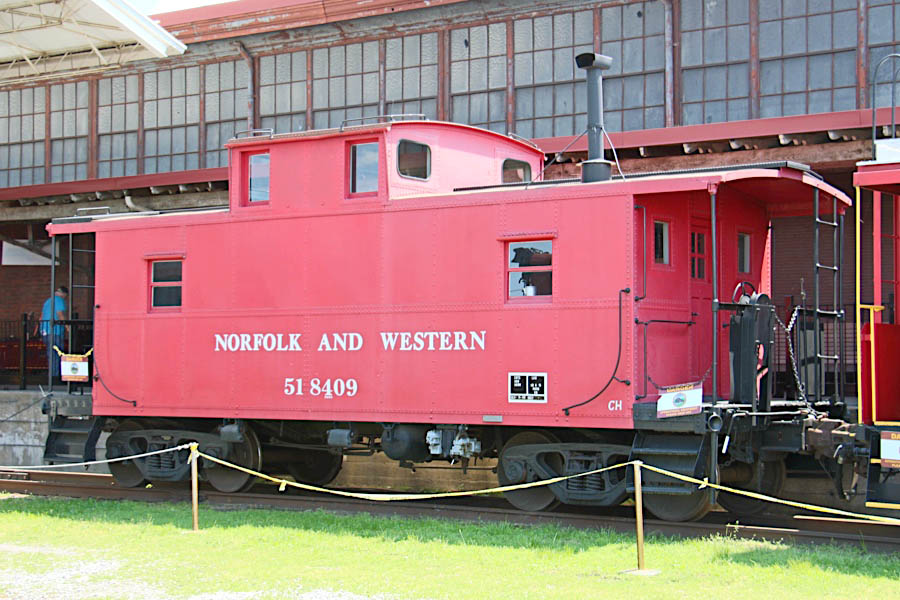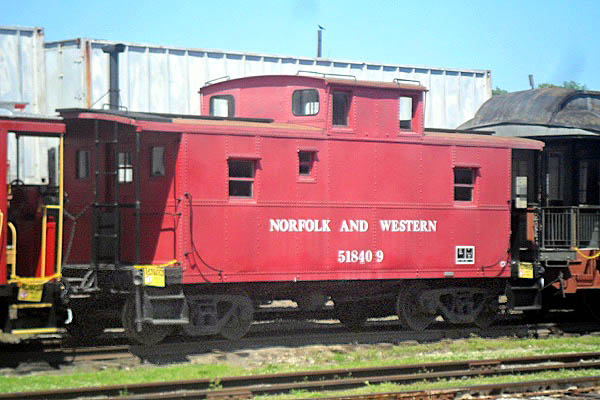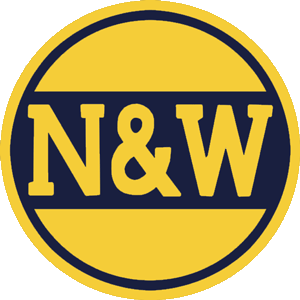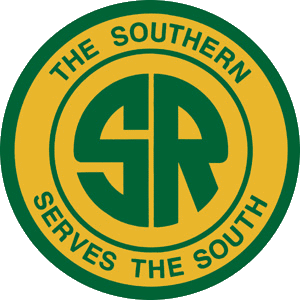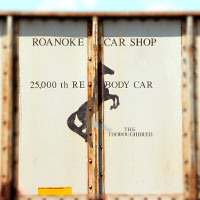 |
Virginia Museum of Transportation Rolling Stock |
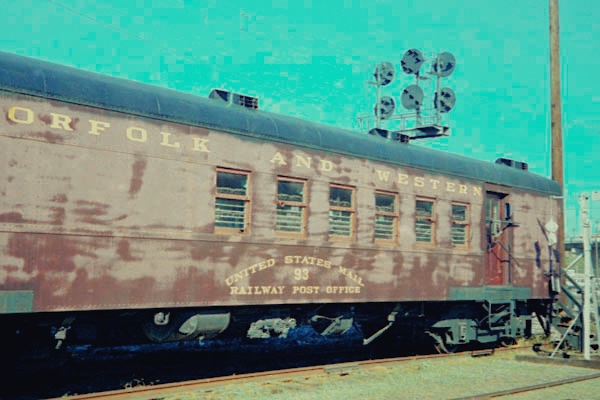
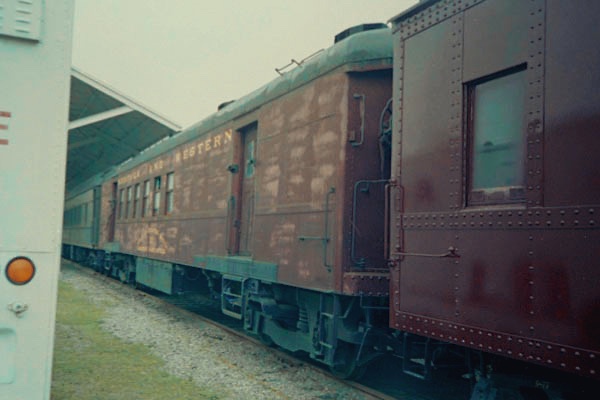
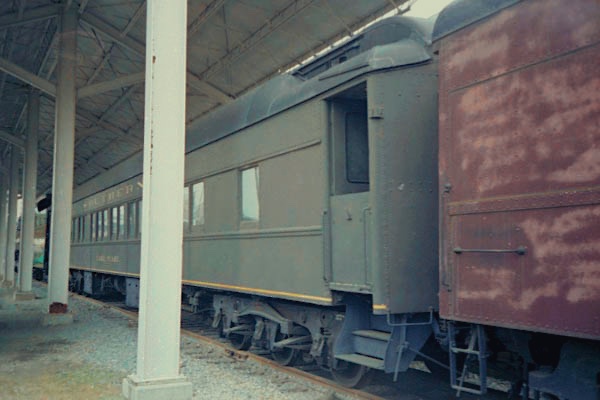
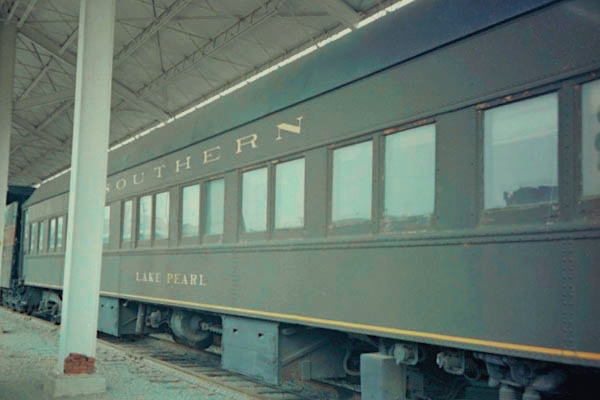
Roanoke, Va / Jul 2001 / JCH
 Dynamometer Car
Dynamometer Car
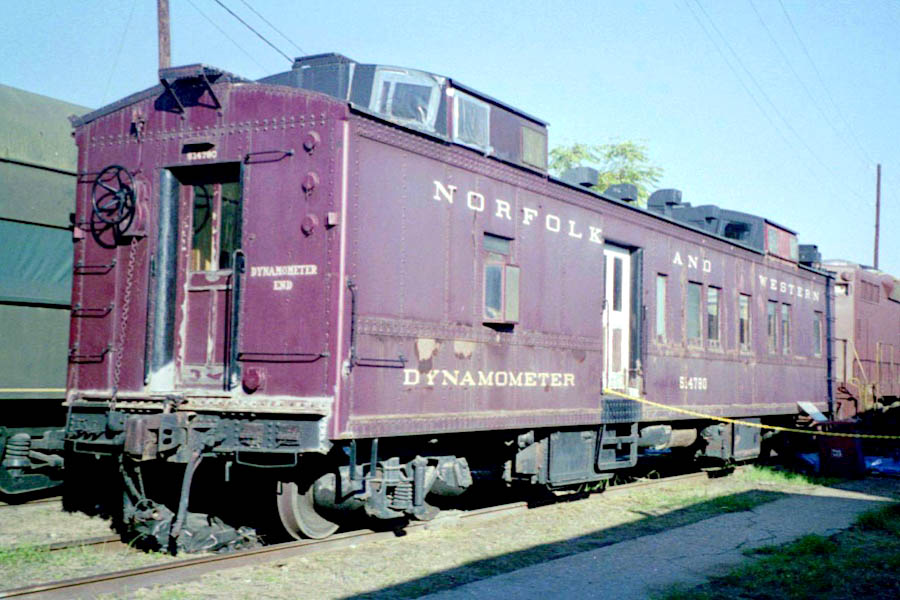
Norfolk & Western #514780
Roanoke, Va / Oct 1999 / JCH
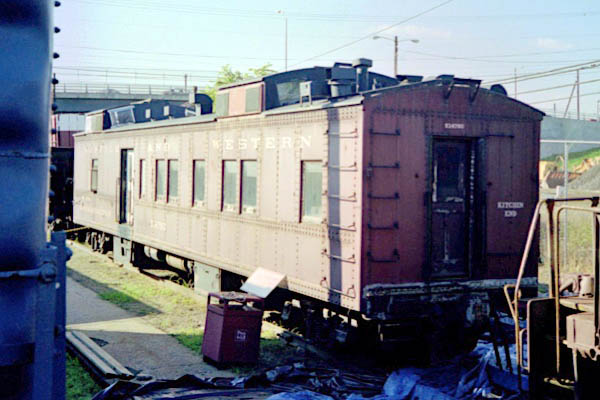
Roanoke, Va / Oct 1999 / JCH
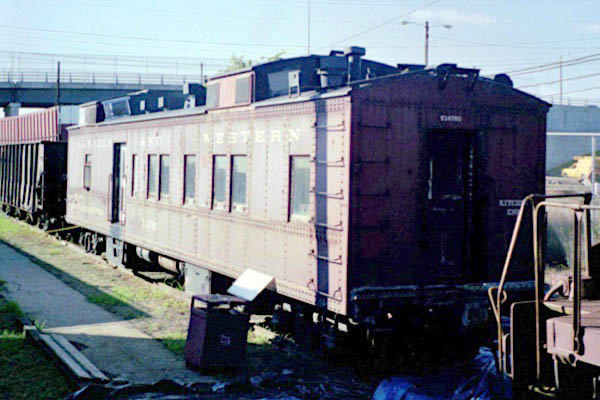
Roanoke, Va / Oct 1999 / JCH

collection
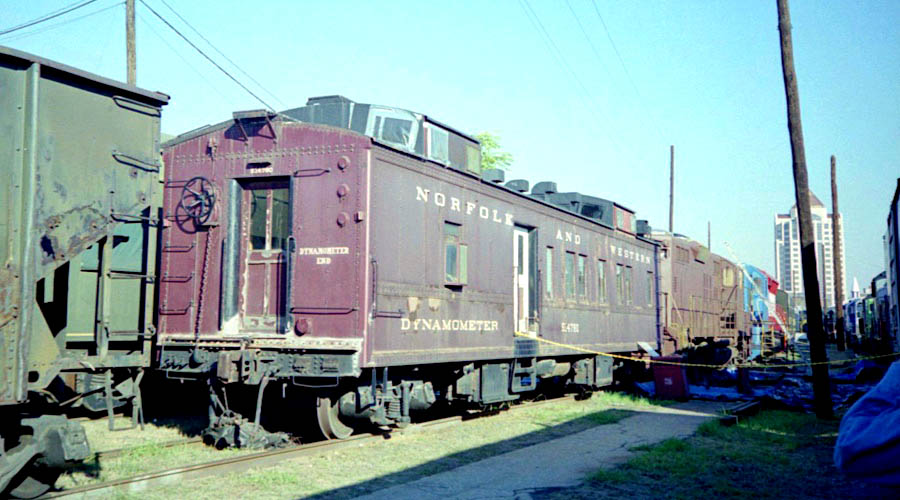
Roanoke, Va / Oct 1999 / JCH
A dynamometer car is a railroad maintenance of way car used for measuring various aspects of a locomotive's performance. Measurements include tractive effort (pulling force), power, top speed, etc.
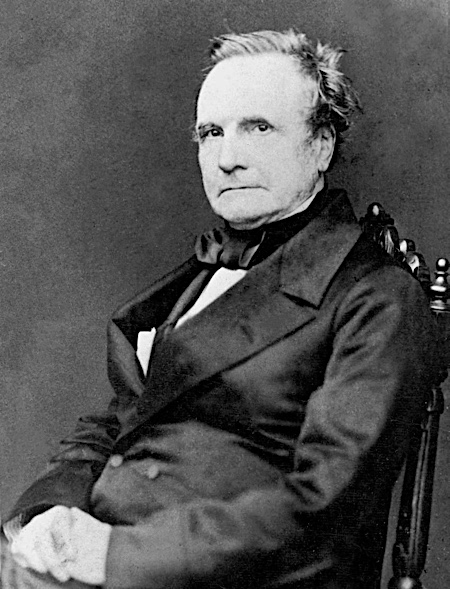 The first dynamometer car was probably one built in about 1838 by the "Father of Computing" Charles Babbage. Working for the Great Western Railway of Great Britain, he equipped a passenger carriage to be placed between an engine and train and record data on a continuously moving roll of paper. The recorded data included the pulling force of the engine, a plot of the path of the carriage and the vertical shake of the carriage. The work was undertaken to help support the position of the Great Western Railway in the controversy over standardizing the British track gauge.
The first dynamometer car was probably one built in about 1838 by the "Father of Computing" Charles Babbage. Working for the Great Western Railway of Great Britain, he equipped a passenger carriage to be placed between an engine and train and record data on a continuously moving roll of paper. The recorded data included the pulling force of the engine, a plot of the path of the carriage and the vertical shake of the carriage. The work was undertaken to help support the position of the Great Western Railway in the controversy over standardizing the British track gauge.
In the United States, the Pennsylvania Railroad began using dynamometer cars in the 1860s.[4] The first modern dynamometer car in the United States was built in 1874 by P. H. Dudley for the New York Central Railroad.
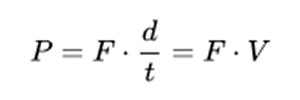 The early cars used a system of springs and mechanical linkages to effectively use the front coupler on the car as a scale and directly measure the force on the coupler. The car would also have a means to measure the speed of the train. Later versions used a hydraulic cylinder and line to transmit the force to the recording device. Modern dynamometer cars typically use electronic solid state measuring devices and instrumentation such as strain gauges.
The early cars used a system of springs and mechanical linkages to effectively use the front coupler on the car as a scale and directly measure the force on the coupler. The car would also have a means to measure the speed of the train. Later versions used a hydraulic cylinder and line to transmit the force to the recording device. Modern dynamometer cars typically use electronic solid state measuring devices and instrumentation such as strain gauges.
While the principal purpose of the dynamometer car was to measure the power output of locomotive, other data were typically collected, such as smoke box data, throttle settings and valve cut offs, fuel burn rates, and water usage to determine the overall performance and efficiency of the locomotive.
Data would typically be recorded on time-indexed continuous paper recording rolls for the pull and velocity. Power would later be manually calculated from these data on early cars. Some later cars were equipped with a mechanical integrator to directly record the power.
Cabooses
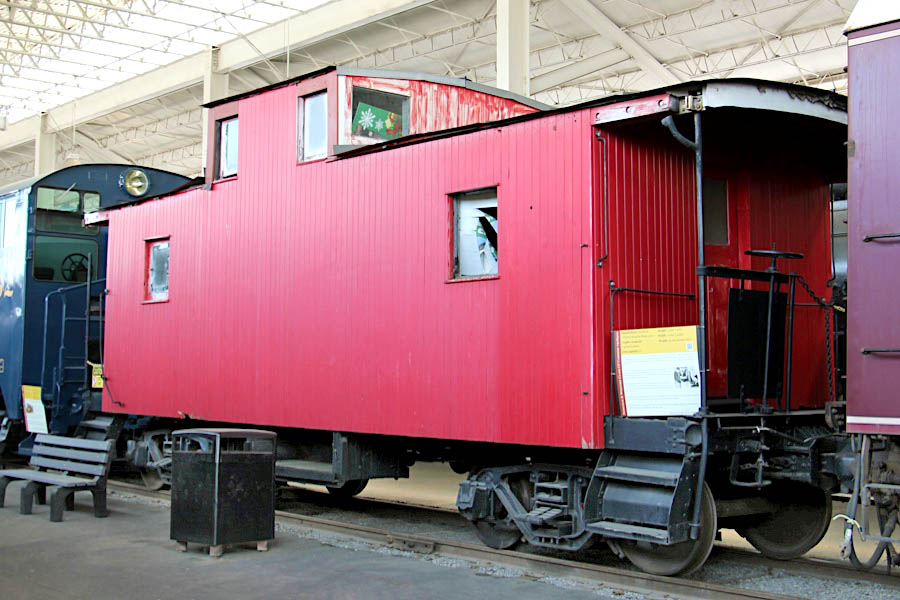
Norfolk & Western #518302
Roanoke, Va / May 2016 / RWH
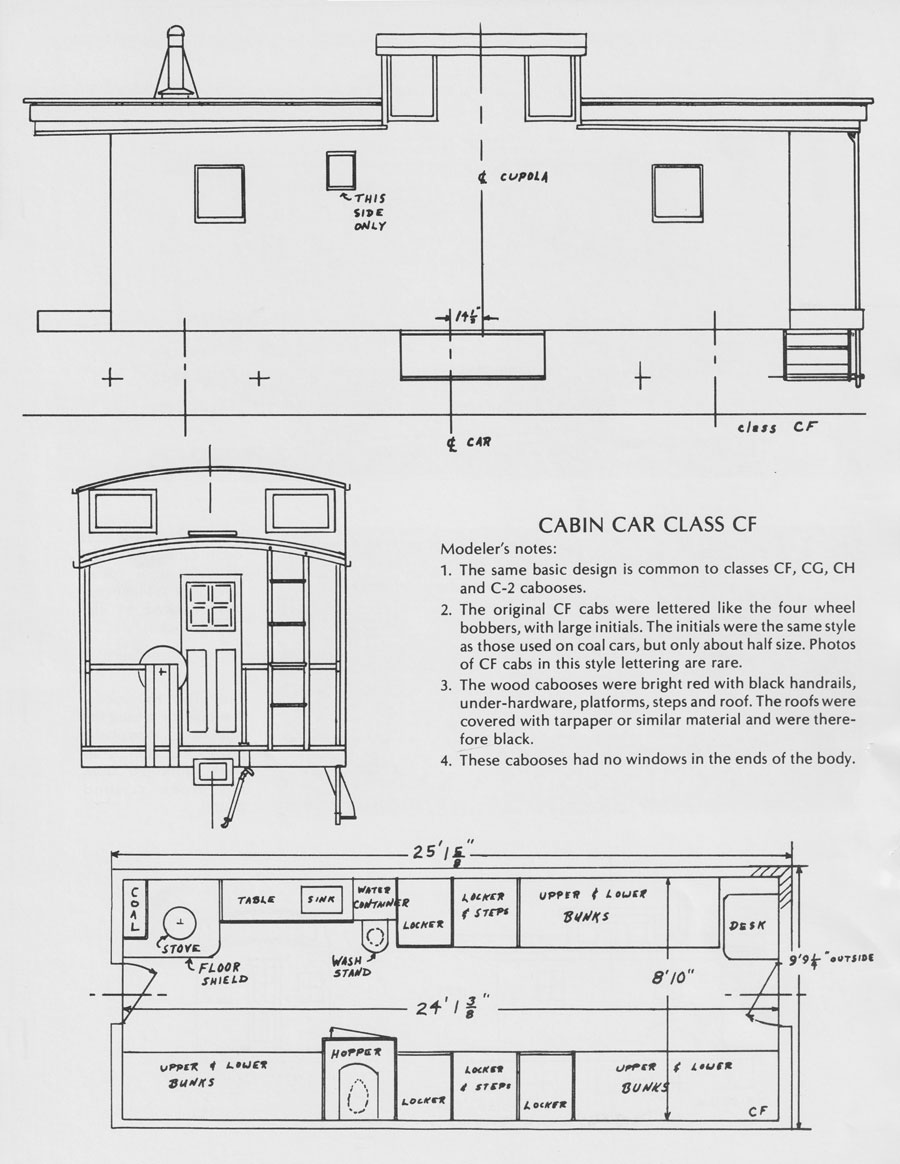
from The Norfolk & Western Handbook - Wallace and Wiley / collection
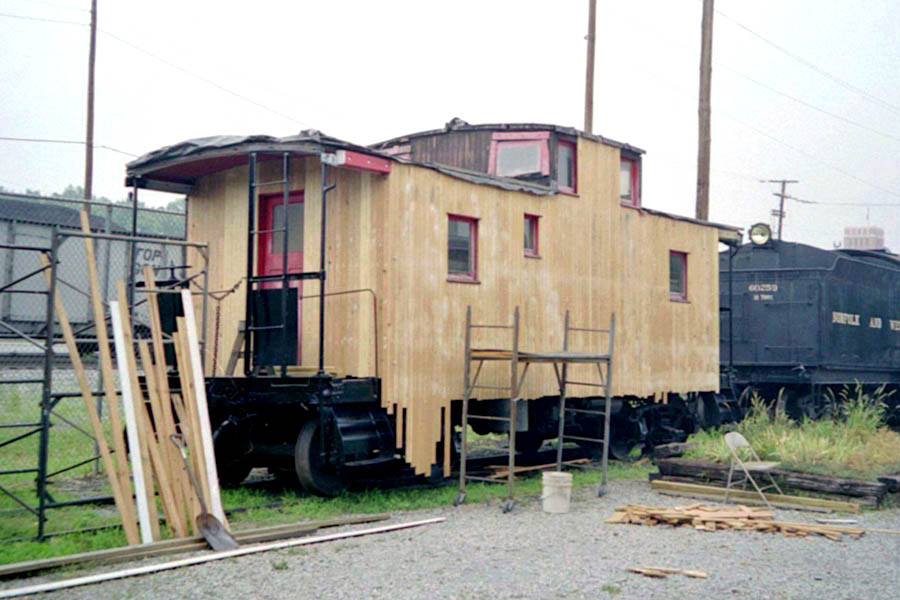
Roanoke, Va / Jul 2001 / JCH
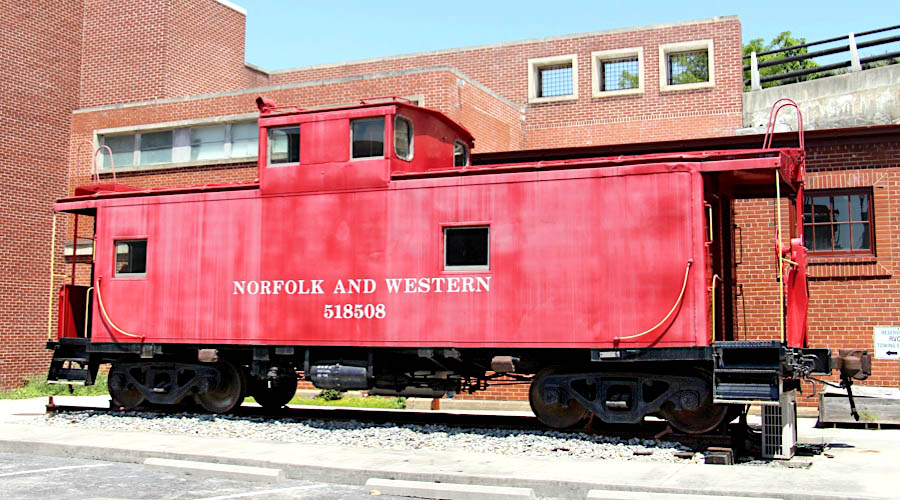
Norfolk & Western #518508
Roanoke, Va / May 2016 / RWH
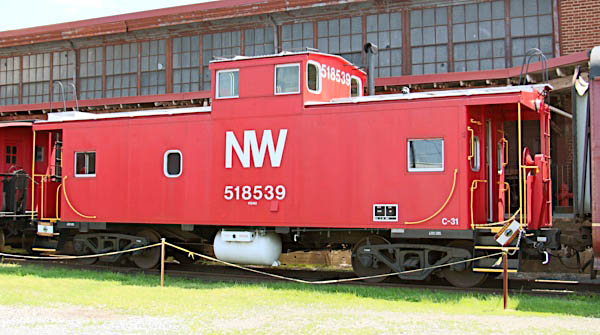
Norfolk & Western #518539
Roanoke, Va / May 2016 / RWH
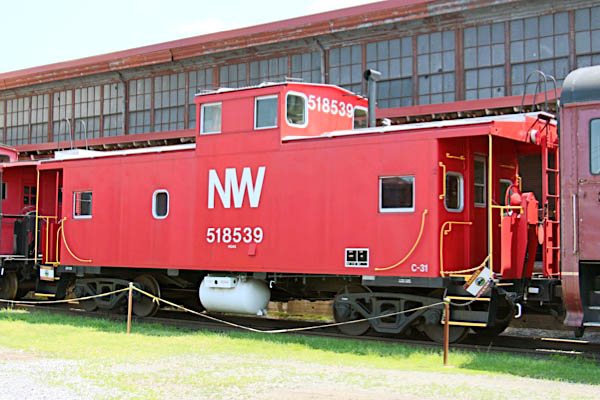
Roanoke, Va / May 2016 / RWH
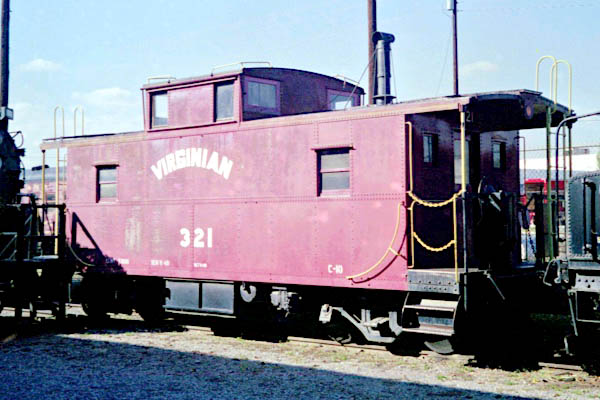
Virginian Railway #321
Roanoke, Va / Oct 1999 / JCH
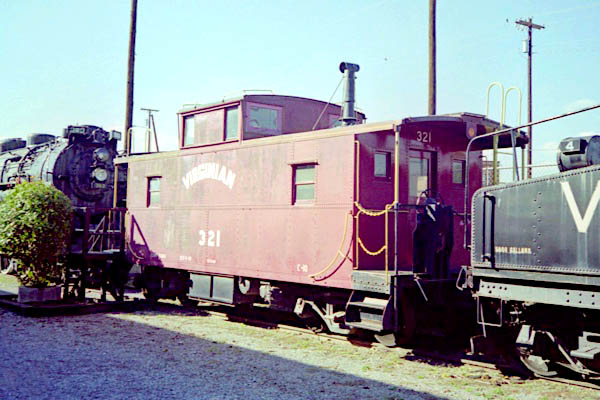
Roanoke, Va / Oct 1999 / JCH
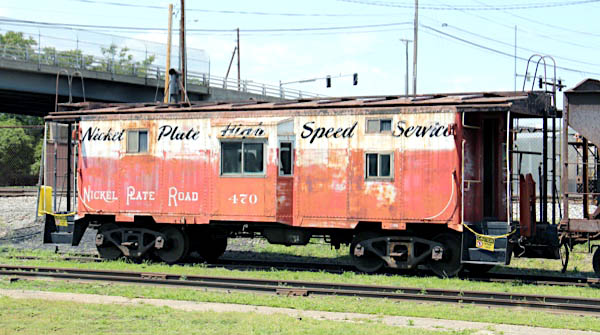
Nickel Plate Road #470
Roanoke, Va / May 2016 / RWH
Freight
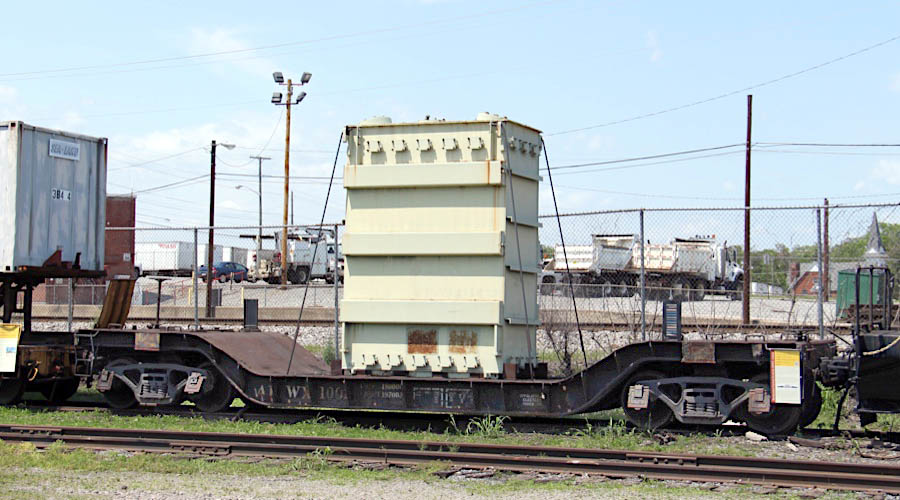
Appalachian Power Company #1002
Roanoke, Va / May 2016 / RWH
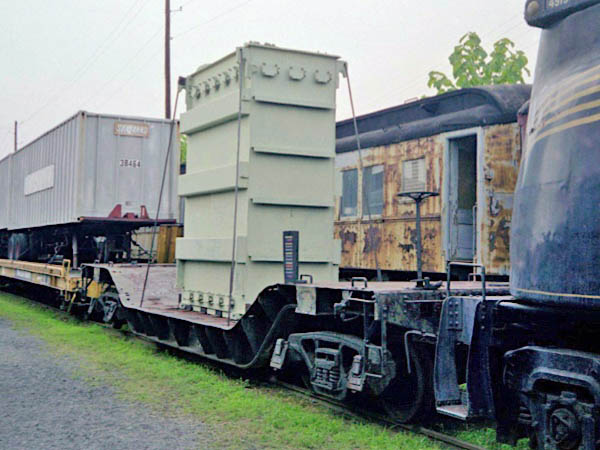
Roanoke, Va / Jul 2001 / JCH
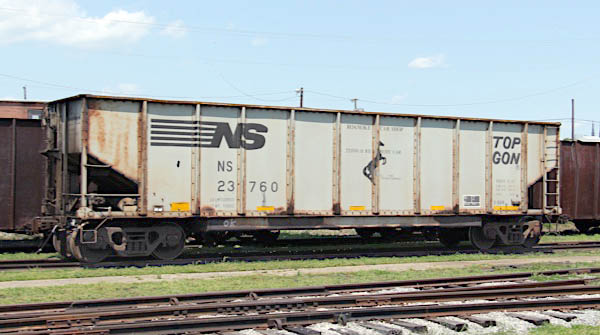
Norfolk Southern #23760
Roanoke, Va / May 2016 / RWH
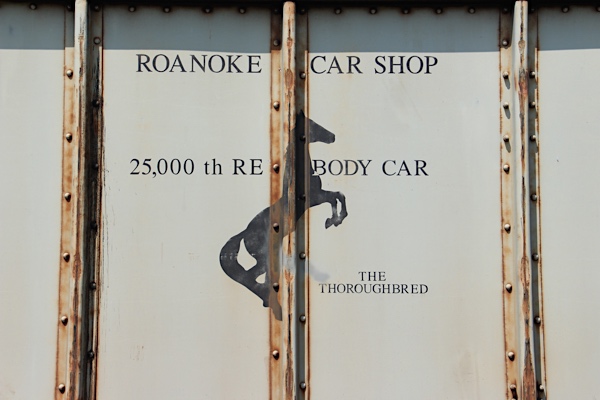
May 2016 / RWH
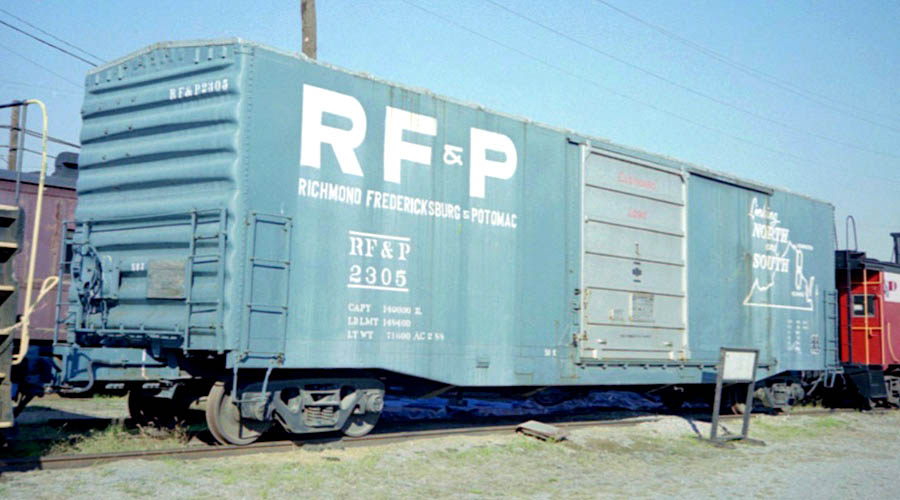
Richmond Fredericksburg & Potomac #2305
Roanoke, Va / Oct 1999 / JCH
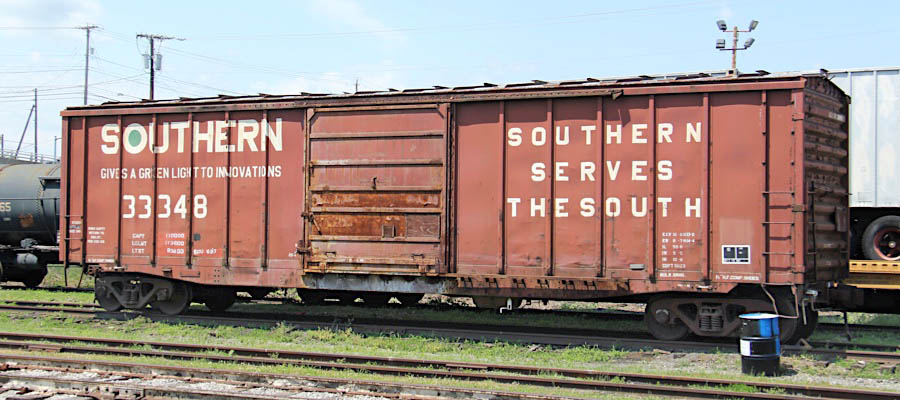
Southern Railway #33348
Roanoke, Va / May 2016 / RWH
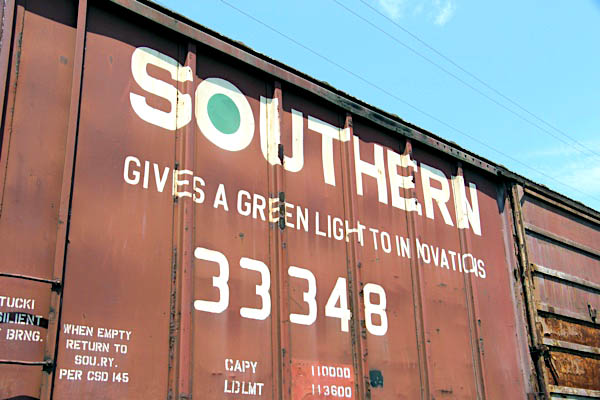
May 2016 / RWH
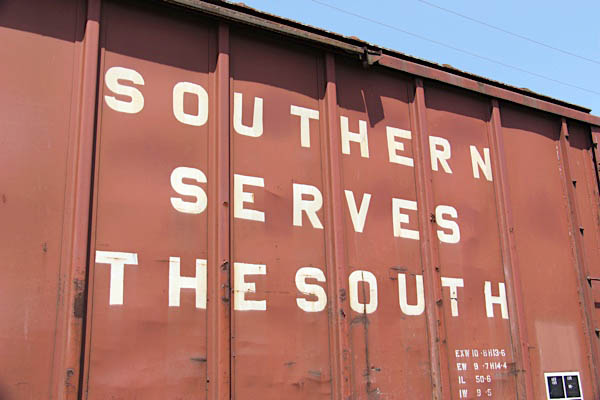
May 2016 / RWH
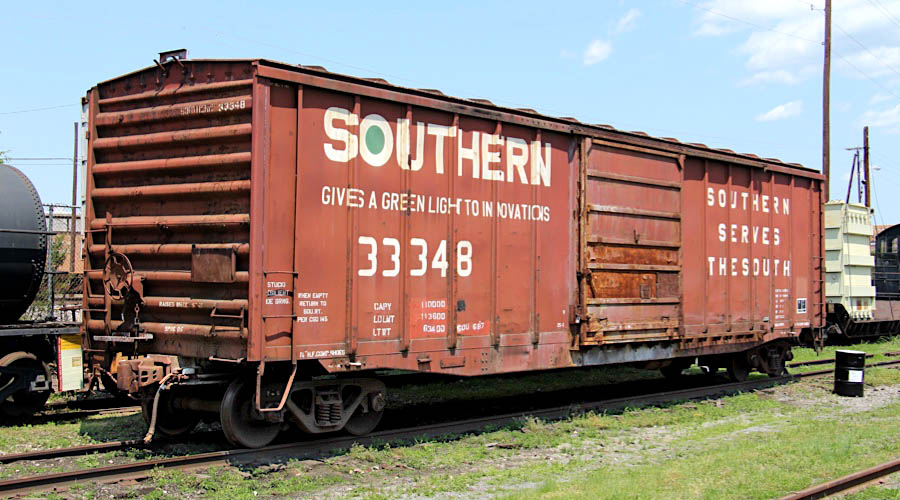
Roanoke, Va / May 2016 / RWH
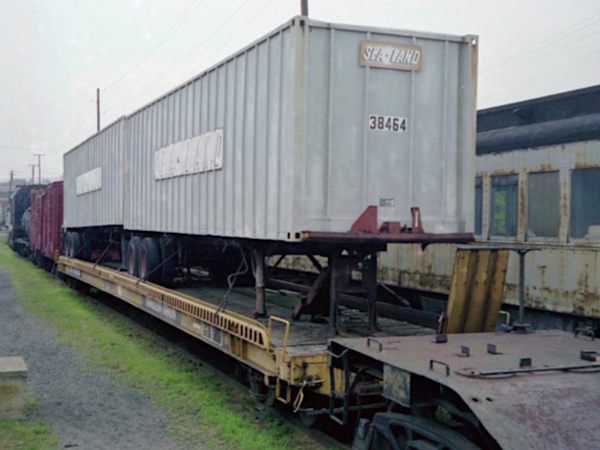
Trailer Train #470534
Roanoke, Va / Jul 2001 / JCH
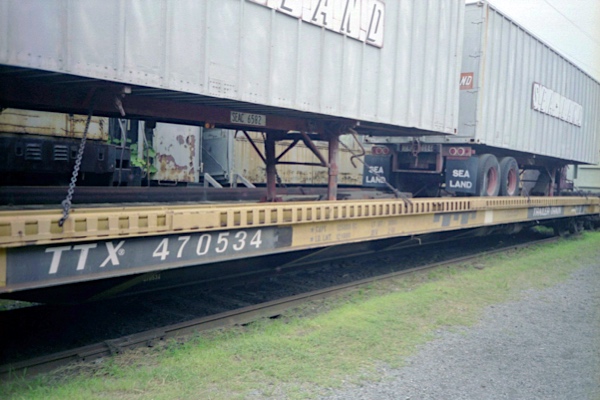
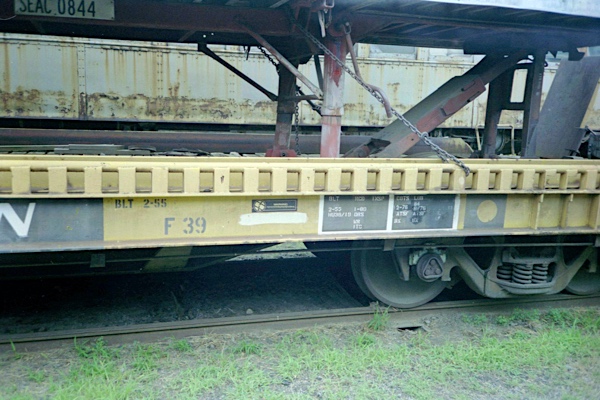
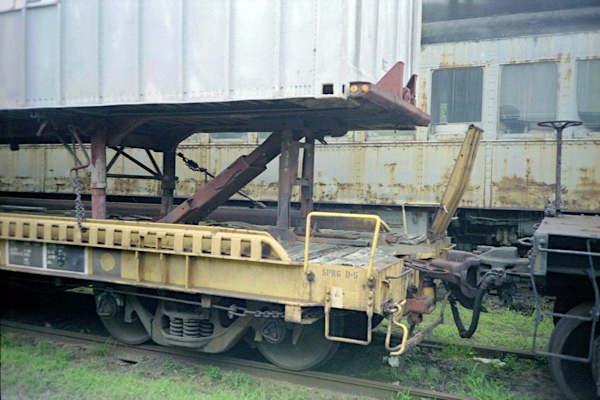
Jul 2001 / JCH
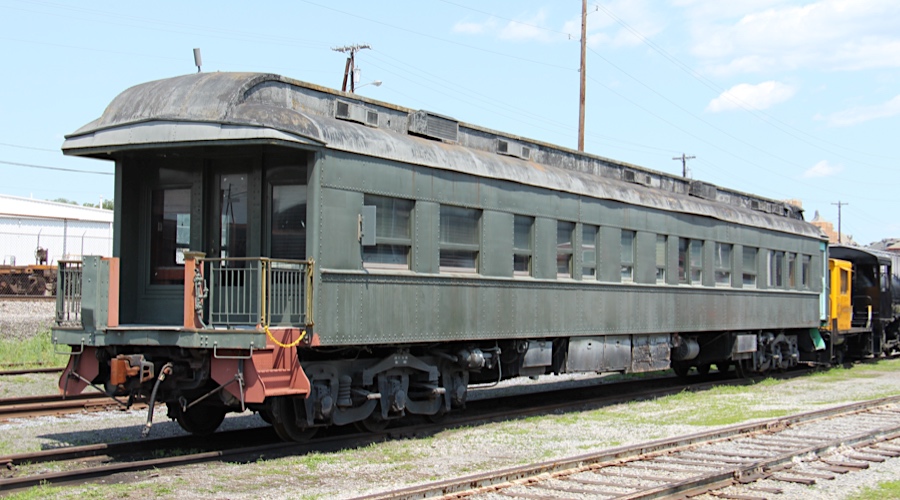
Roanoke, Va / May 2016 / RWH
Vehicles
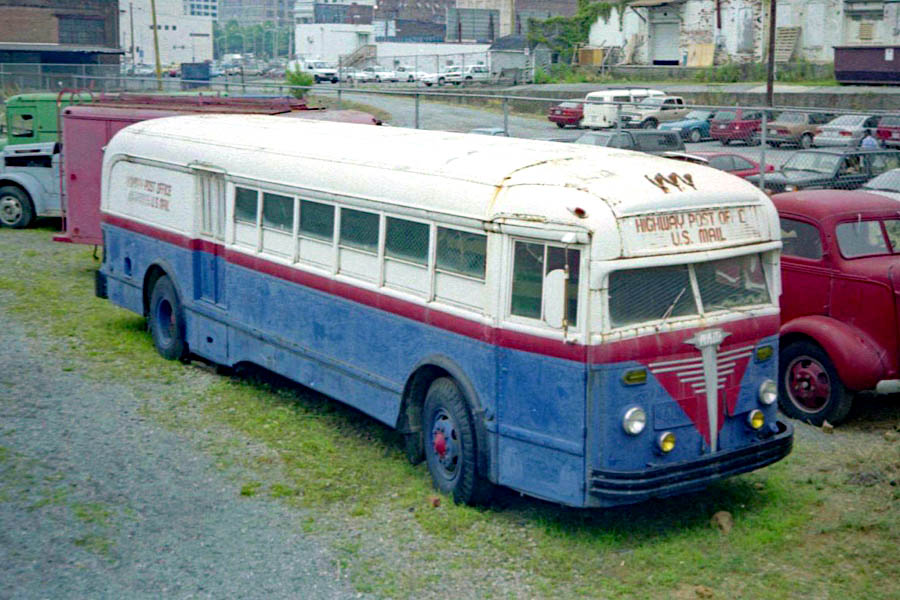
Roanoke, Va / Jul 2001 / JCH
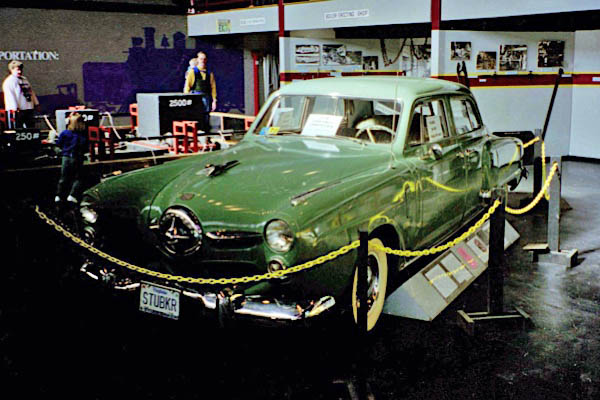
Roanoke, Va / Jul 2001 / JCH
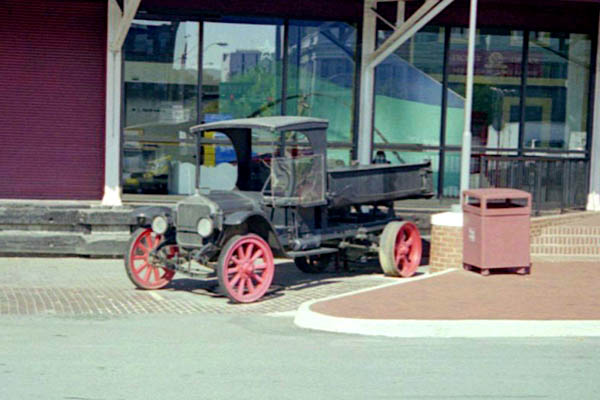
Roanoke, Va / Jul 2001 / JCH
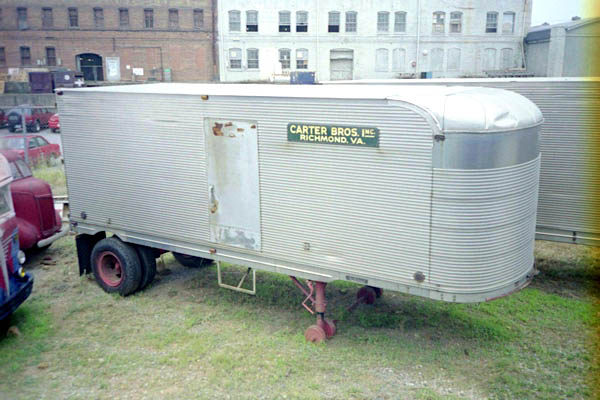
Roanoke, Va / Jul 2001 / JCH
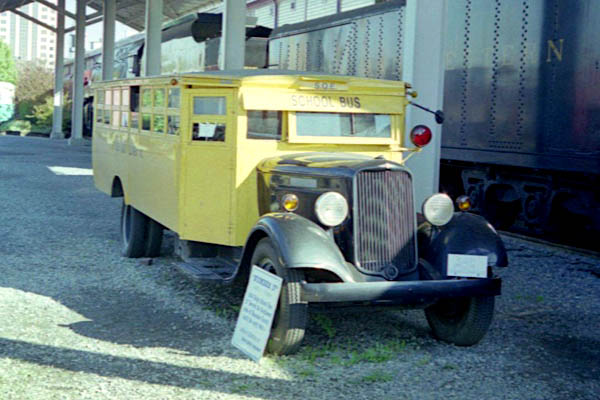
Roanoke, Va / Oct 1999 / JCH
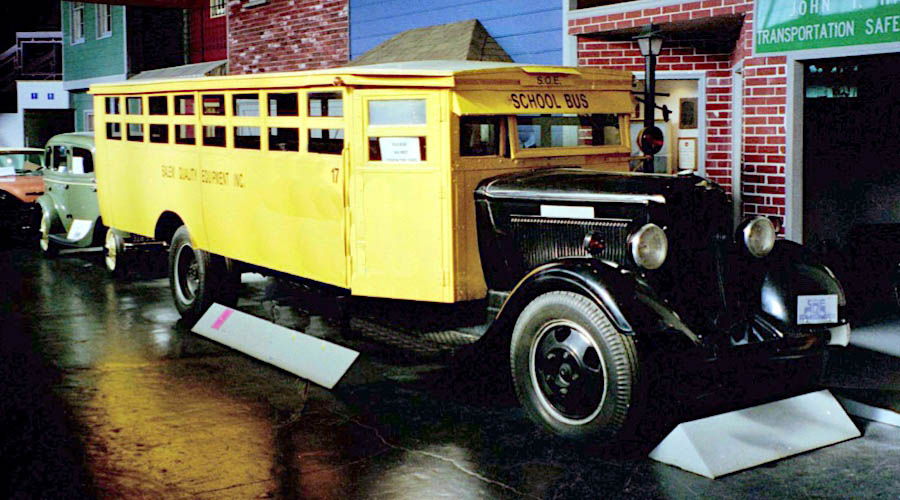
Roanoke, Va / Jul 2001 / JCH
